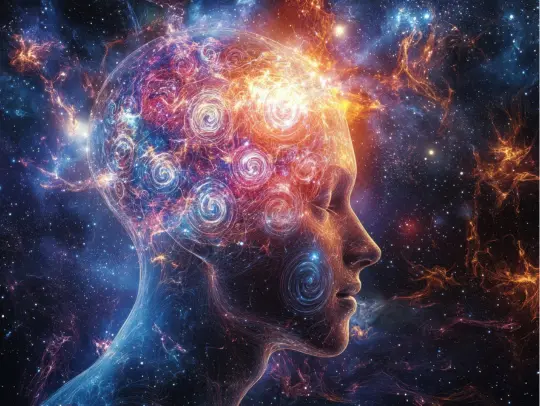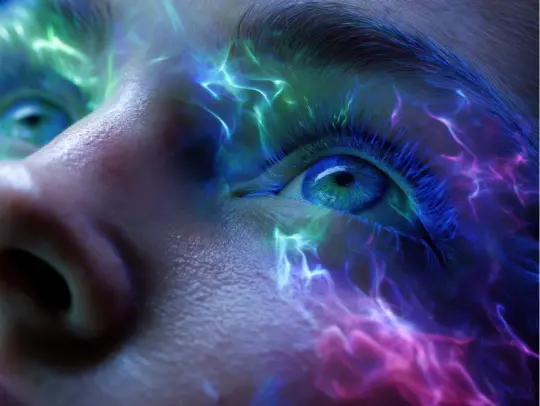
Ketamine From Anesthesia to Breakthrough Therapy
Breakthrough Therapy: How Ketamine Is Reshaping Mental Health & Pain Relief
In the evolving landscape of psychedelic medicine and therapeutic innovation, few substances have generated as much intrigue and clinical interest as ketamine. Once solely known for its use in operating rooms, ketamine is now at the forefront of psychiatric and pain management discussions — legally available with a prescription in specific clinical settings. This article explores what ketamine is, how it works, where it’s used, and why it's emerging as a potentially game-changing tool in modern medicine.
What Is Ketamine?
Ketamine is a dissociative anesthetic. It was first synthesized in the 1960s and approved by the FDA in 1970 for human and veterinary use. Its primary function is to disconnect sensory perception from conscious awareness, a state known as "dissociation." While often associated with surgical anesthesia, ketamine’s therapeutic potential goes far beyond the operating table.
Chemical Structure and Mechanism of Action
Chemically, ketamine is a cyclohexanone derivative. It belongs to a class of substances called arylcyclohexylamines. Its unique mode of action involves antagonism of the NMDA (N-methyl-D-aspartate) receptor, which plays a major role in pain sensation, learning, memory, and consciousness.
By blocking the NMDA receptor, ketamine alters communication in the brain — temporarily disrupting normal sensory input while inducing profound shifts in perception, mood, and awareness. This mechanism makes it effective not only for anesthesia but also for depression, chronic pain, and even PTSD.
Medical Uses of Ketamine
Anesthesia
Ketamine has long been used in surgical and emergency settings for its ability to induce rapid anesthesia without significantly suppressing respiratory function — a crucial advantage in trauma cases or battlefield medicine.
Pain Management
Chronic pain conditions, including neuropathic pain and complex regional pain syndrome (CRPS), often respond well to ketamine infusions. When traditional analgesics fail, ketamine's dissociative properties can provide significant relief by "resetting" pain pathways.
Psychiatric Therapy
In recent years, ketamine has gained groundbreaking attention in mental health, especially for treatment-resistant depression (TRD). Administered intravenously in sub-anesthetic doses, ketamine has demonstrated rapid and significant antidepressant effects — often within hours, unlike traditional antidepressants that may take weeks.
Benefits of Ketamine Therapy
- Rapid Action: Particularly for psychiatric emergencies, ketamine’s fast onset can offer life-saving intervention where conventional antidepressants fall short.
- Pain Relief: Especially for chronic or neuropathic conditions, ketamine can provide relief where opioids may fail.
- Versatility: Used across surgical, psychiatric, and pain management settings, ketamine is incredibly adaptable in clinical care.
Risks and Side Effects
- Hallucinations and Dissociation: Users may experience intense hallucinations or detachment, especially at high doses.
- Cardiovascular Effects: Can increase blood pressure and heart rate.
- Potential for Abuse: As a Schedule III controlled substance, ketamine has a recognized potential for psychological dependence.
- Drug Interactions: May interact dangerously with CNS depressants or MAOIs.
How to Access Ketamine Therapy
Ketamine is not an over-the-counter solution. It must be prescribed and administered by a licensed medical professional in a controlled setting. There are three common contexts where patients may access ketamine:
- Hospitals & Surgery Centers: Used under anesthesia protocols during medical procedures.
- Pain Clinics: Administered via IV infusions for chronic pain patients.
- Ketamine Clinics: Specialized centers offering ketamine therapy for depression, PTSD, and anxiety.
Before seeking ketamine therapy, consult your physician to determine if you are a candidate and to understand the legal, medical, and psychological implications.
The Psychedelic Side of Ketamine
While medical use is strictly regulated, ketamine’s dissociative and psychedelic properties have made it a point of interest for spiritual practitioners and psychedelic-assisted therapists. Though ketamine is synthetic, its ability to induce deep emotional processing and introspective states aligns it with naturally occurring psychedelics like psilocybin or ayahuasca.
Some patients describe ketamine experiences as “mystical” or “transformational.” Without proper integration support, however, these states can be destabilizing. Always pursue treatment under the care of experienced professionals.
Ketamine and eDrugstore.com
At the time of writing, ketamine is not available through eDrugstore.com, but we continue to monitor developments in psychedelic medicine. As clinical research evolves and regulations adapt, we are committed to offering safe, effective access to breakthrough therapies.
Final Thoughts
Ketamine is more than a surgical anesthetic — it's a bridge between neuroscience, psychiatry, and psychedelics. Whether used in hospitals or clinics, this versatile compound offers new hope for those struggling with depression, chronic pain, and trauma.
As always, consult qualified professionals before beginning any treatment. Never self-medicate. At eDrugstore.com, your safety and well-being are our top priorities. Stay tuned for future updates on ketamine and other emerging therapies in the world of plant and psychedelic medicine.





































